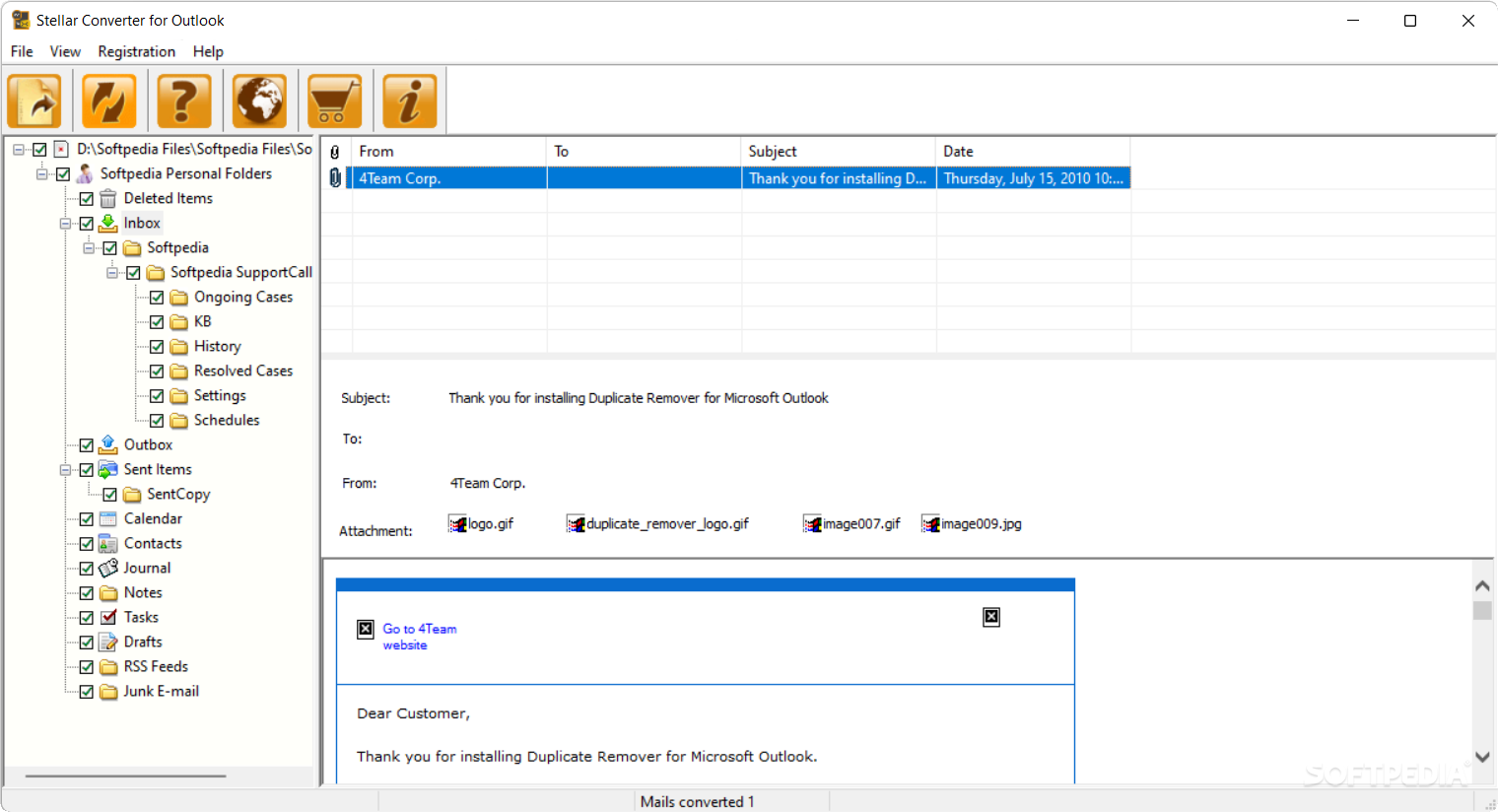
.jpg)
If the number of files is one (line 41), the script runs lines 43-45 and uses the stylesheet fits-to-master_singlefile.xsl.

Our PREMIS is a little different for AIPs with one file and AIPs with multiple files, so we’re using the if/then/else code to have the script pick which stylesheet to use. This second stylesheet transforms the cleaned-fits XML into PREMIS, which we call the master.xml file. Run a stylesheet on the cleaned-up FITS XML to create PREMIS XML. In line 24, $_cleaned-fits.xml names the output file the same name as the input file except deleting _combined-fits.xml and adding _cleaned-fits.xml.

In line 23, egrep -v is removing all the XML version tags since a valid XML document cannot have more than one. Then we combine body.xml with pre-existing files open.xml and close.xml that have wrapper tags (line 24), which gives us the combined-fits file we want. First we combine the FITS XMLs and save the result as body.xml (line 23). Next we combine the FITS outputs into one XML document per AIP using concatenate (cat), which takes the contents of multiple files and copies them to a new document. Combine the FITS outputs for each file in an AIP into a single valid XML document. In line 9, “$1” refers to the script’s first argument, which is the source directory that contains the AIPs. FITS makes a separate XML document for each file within an AIP. This part of the script makes a subfolder called “fits-output” in each AIP folder (line 10), runs FITS on the contents of the AIP’s objects subfolder, and saves the results in that fits-output subfolder (line 11).

We first use FITS to extract technical metadata from our files. The full script and supporting documentation are available on GitHub. The full script is too long for a blog post, so I’ll be covering the first part which extracts technical metadata and uses it to create PREMIS records. I was able to write it based on what I learned at SAA’s course on the command line. The script incorporates a few free tools and is for a Mac/Linux operating system. The University of Georgia uses a bash script to prepare batches of AIPs (Archival Information Packages) for ingest into our digital preservation storage system. This is the sixth post in the bloggERS Script It! Series.


 0 kommentar(er)
0 kommentar(er)
